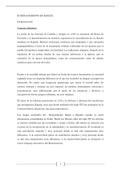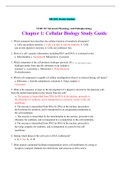Samenvatting
Summary Criminal behavior during the life course - Theorieën overzichtsdocument
- Vak
- Instelling
Hallo, als aanvulling op de samenvatting van Criminal behavior during the life course die ik ook verkoop, heb ik ook dit overzichtsdocument ontwikkeld. Hierin staan alle theorieën van de hoorcolleges en literatuur, per week nog kort uitgelegd, met ook de verbanden tussen de theorieën erbij. Mogel...
[Meer zien]












